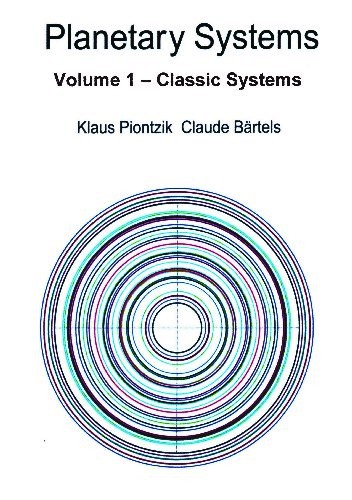| Copyright © Klaus Piontzik | ||
| German Version |
| The corrected basic frequency allows a back calculation for the earth's radius. Rearranging the equation for the basic frequency is: |
 |
=========> |  |
| The following values were used for the variable c, fo
fo = 11.7921591 Hz = Earth basic frequency c = 299792458 m/s as speed of light The radius is: |
| 3.2.1 - Definition: | R = 6355758.426 m = L0 = Basic hull |
| The comparison with the geodetic reference system WGS84 shows: |
| Polar radius: | 6356752 m |
| Equator radius: | 6378137 m |
The basic envelope on which the zero lines and extrema (source points)
lie is located at a radius between one and twenty kilometers below the earth's surface.
|
| 3.2.2 - Definition: | Earth oscillation structure = Sum of all possible spatial grids |

|
200 sides, 23 of them in color 154 pictures 38 tables Production und Publishing: ISBN 978-3-7357-3854-7 Price: 25 Euro |